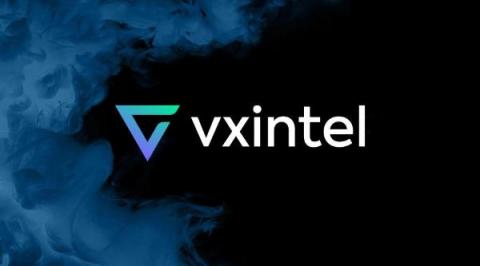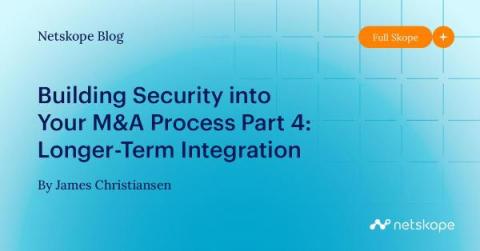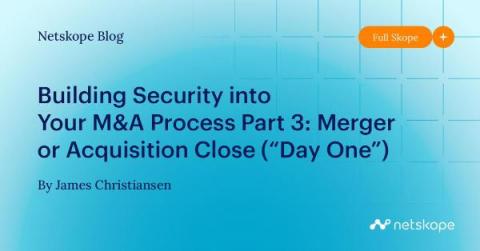Security | Threat Detection | Cyberattacks | DevSecOps | Compliance
M&A
Devo SOARs to New Heights with LogicHub Acquisition
In cybersecurity, one thing is certain: the bad guys are relentless. They never stop working and scheming to find new ways to attack weaknesses in data security. Their objective is criminally simple: breach organizations to steal and monetize data. And they use every means possible to do it. On the other side are cybersecurity companies and the professionals who work for them. We never stop working to improve our products and services to protect our customers from those global threat actors.
CrowdStrike to Acquire Reposify to Reduce Risk Across the External Attack Surface and Fortify Customer Security Postures
The digital footprint of the modern organization is expanding at an unprecedented rate. The move to the cloud, Internet of Things (IoT), digital transformation, connected supply chain partners and related trends have led to an explosion of internet-facing assets. Cloud workloads, websites, user credentials, S3 buckets, SSL certificates, IoT, operational technology (OT), rogue IT devices, and more exist in the thousands across most organizations.
vxIntel Joins Arctic Wolf to Boost Detection and Threat Intelligence
How attack surface management helps during an M&A process
There is always the risk that sensitive data will be exposed during mergers and acquisitions. Throughout the M&A process, you’re adding new ways for hackers to enter your systems, enabling them to access sensitive customer information. This is because the merging of companies usually results in an increase in the attack surface, therefore, increasing the number of unknown security risks the acquiring company is unaware of. The numbers don’t lie.
5 Common Risks Involved in Mergers and Acquisitions
Logicalis Acquires Q Associates to extend specialist Microsoft and data-centric IT services capabilities across their UK&I operation
Building Security into Your M&A Process Part 4: Longer-Term Integration
This is the fourth, and final, part of a four-part blog series covering each of the four phases of the merger & acquisition (M&A) process and how you can build security into each phase. In case you missed them, Part 1 covered why it’s important to integrate security into the due diligence process in the first phase of M&A, Part 2 covered integration planning and public announcement, and Part 3 covered what you can expect on “Day One,” after a merger or acquisition closes.
Cyber risk management platform Outpost24 joins forces with international investment firm Vitruvian Partners for further global expansion
Building Security into Your M&A Process Part 3: Merger or Acquisition Close ("Day One")
This is the third part of a four-part blog series covering each of the four phases of the merger & acquisition (M&A) process and how you can build security into each phase. In case you missed it, Part 1 covered the why it’s important to integrate security into the due diligence process in the first phase of M&A and Part 2 covered integration planning and public announcement.











